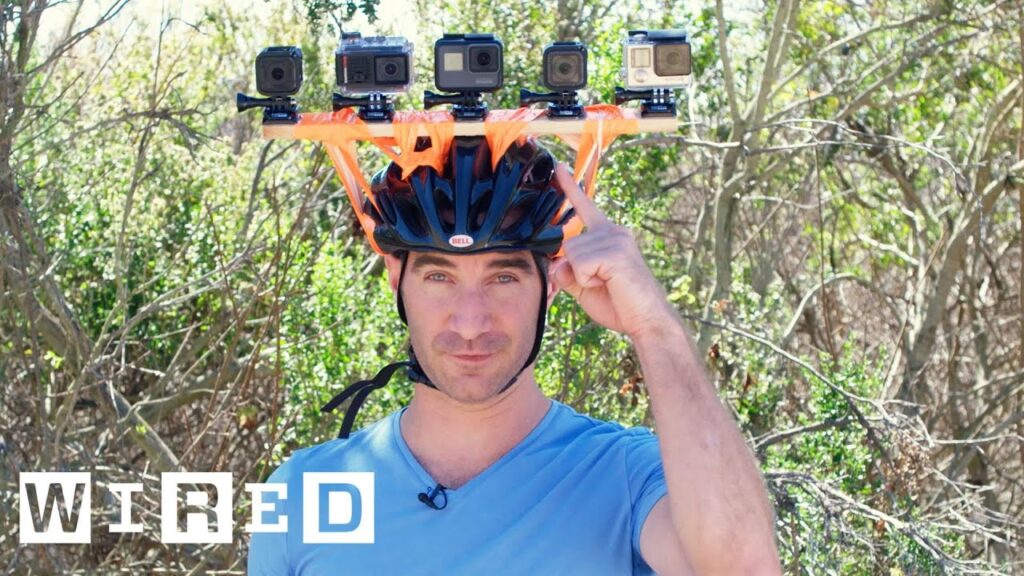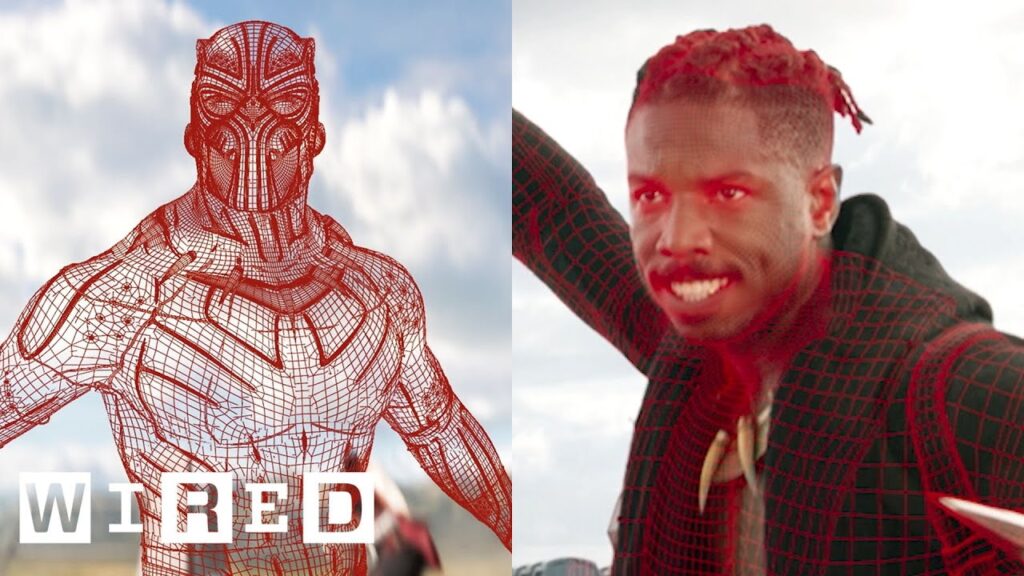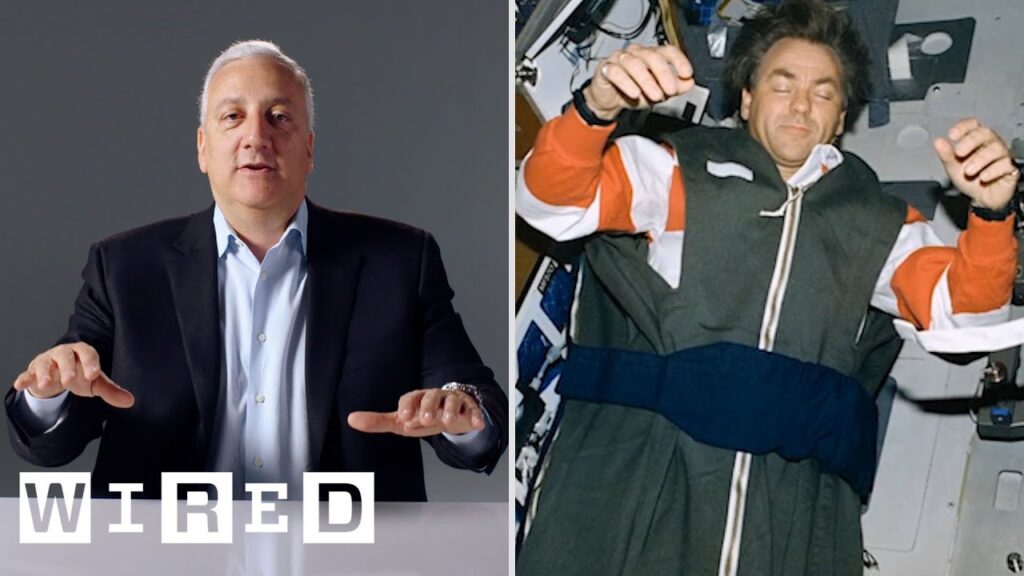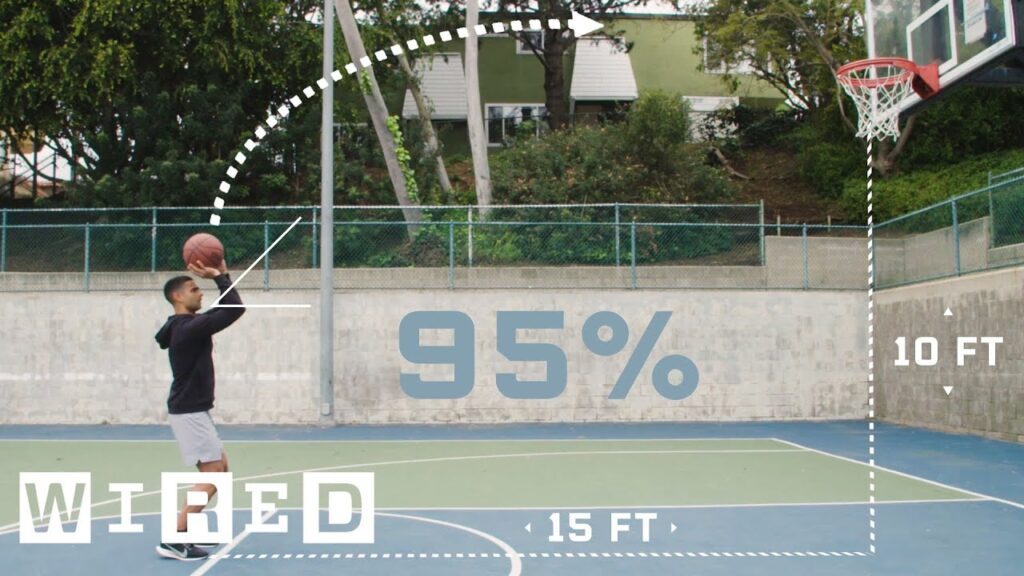The Importance of Disguise in Protecting People: Insights from a Former CIA Chief of Disguise
Summary
In this article, we explore the significance of disguise in protecting people, particularly case officers and foreign sources, as explained by Jonna Mendez, a former Chief of Disguise at the CIA. She emphasizes the use of light and advanced disguises to prevent casual recognition and create masks and prostheses to change a person’s appearance up close and personal. The ultimate goal is to blend in and not be remembered. The article also discusses the importance of dressing and presenting oneself in a public environment, especially when traveling abroad, and the techniques used to clandestinely change one’s appearance.
Table of Contents
- Disguise: The Importance of Blending In
- Changing Behavior and Appearance While Traveling
- Quick Change: A Technique for Clandestine Appearance Change
- Conclusion
Disguise: The Importance of Blending In
As a spy in a foreign country, it is dangerous to be out on the street, and officers have to take precautions to keep themselves safe. They leave their personal belongings in their rooms and are under constant surveillance by their own team. The most challenging and interesting part of their job is disguising themselves to communicate with people clandestinely.
Mendez explains that light disguises, such as wigs, facial hair, and glasses, are used to prevent casual recognition, while advanced disguises involve creating masks and prostheses to change a person’s appearance up close and personal. The goal is to make every item in a memo describing the disguised person to be wrong. Disguises can include changing hair color and style, adding facial hair, and using prostheses to change facial features. Aging a person can also make them less threatening. Women have a broader range of disguise options, including the ability to turn into men, while it is almost impossible to turn a man into a woman. The ultimate goal is for the disguised person to blend in and not be remembered.
Changing Behavior and Appearance While Traveling
The article also discusses the importance of dressing and presenting oneself in a public environment, especially when traveling abroad. Americans tend to exhibit certain behaviors that can give away their nationality, such as the way they eat, smoke, or stand. Changing one’s behavior or appearance can be useful in staying safe while traveling, such as buying local clothes or cigarettes, wearing glasses, or changing one’s walk.
Mendez emphasizes that blending in is situational and depends on understanding the commonality of the tribe one wants to join. It is crucial to be aware of one’s behavior and appearance to help in blending in and staying safe while traveling.
Quick Change: A Technique for Clandestine Appearance Change
Quick Change is a technique used to clandestinely change one’s appearance, and the goal is to disappear without arousing suspicion. It is a skill that requires practice and attention to detail. Mendez explains that Quick Change involves changing one’s appearance in a matter of minutes, from hair and makeup to clothing and accessories. The key is to have everything prepared in advance and to have a plan for getting out of the area quickly.
Conclusion
In conclusion, disguising oneself and changing behavior and appearance are crucial skills for staying safe while traveling or working as a spy in a foreign country. Mendez’s insights provide valuable information on the techniques used to blend in and avoid detection. By being aware of one’s behavior and appearance, one can increase their chances of staying safe in a foreign environment.







